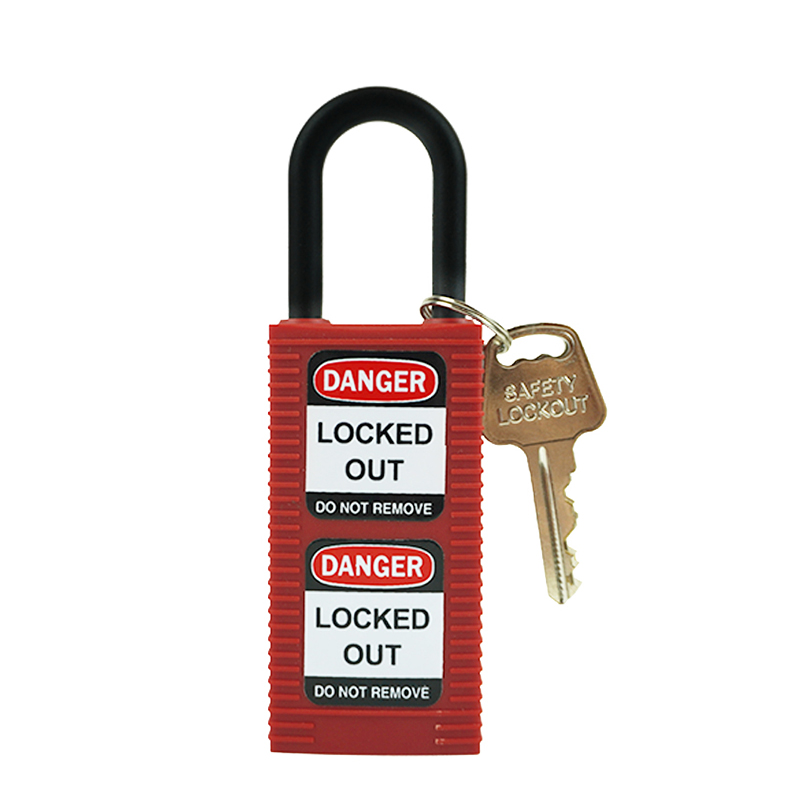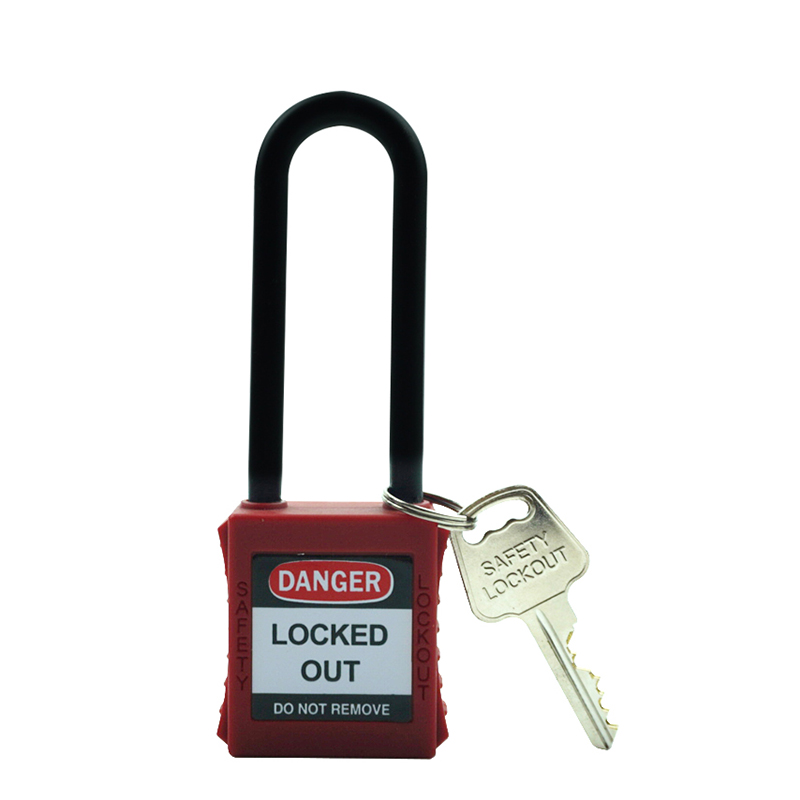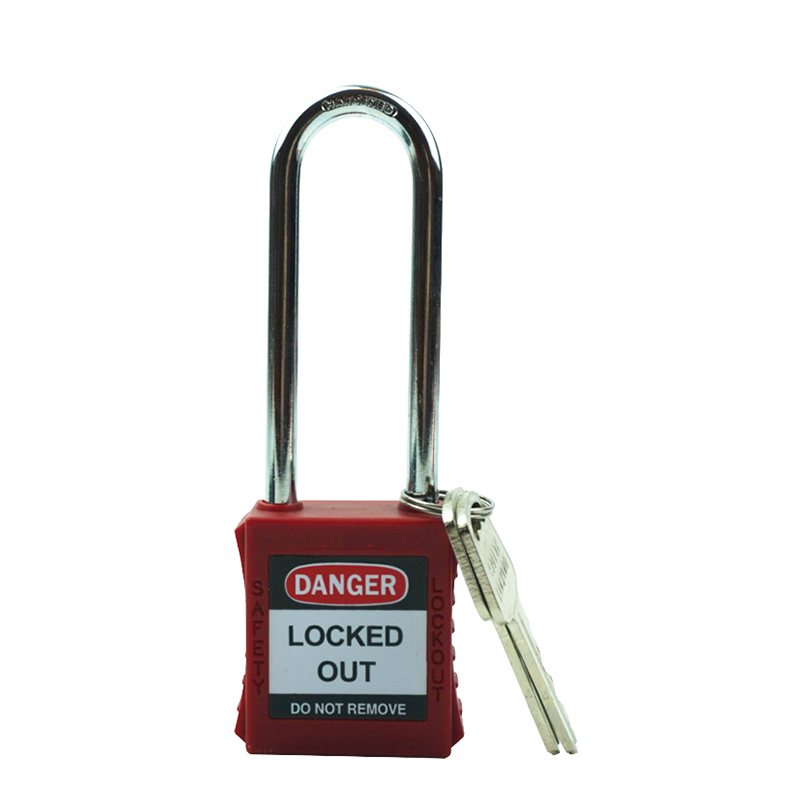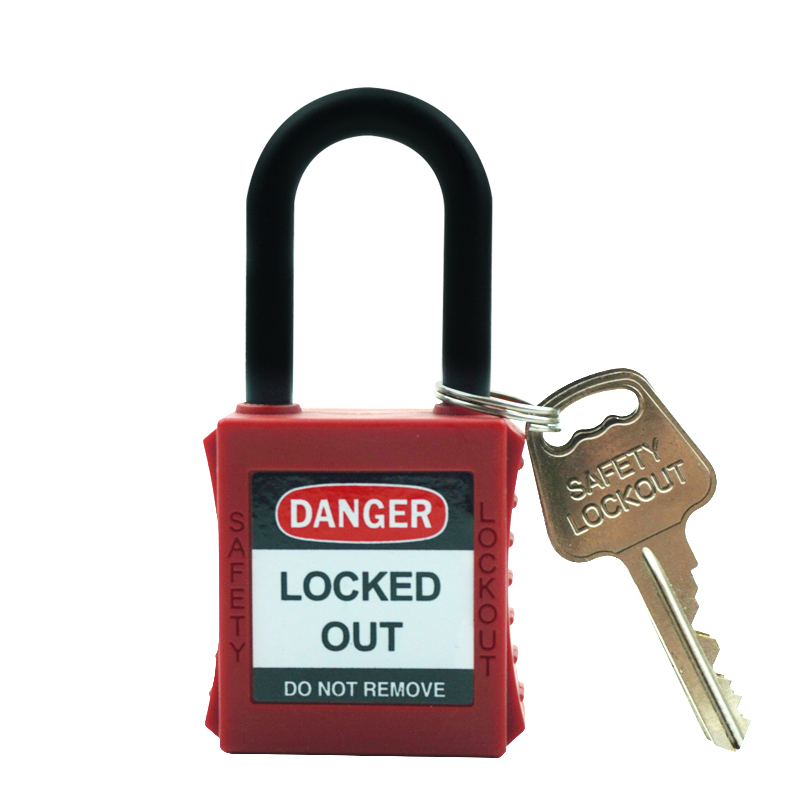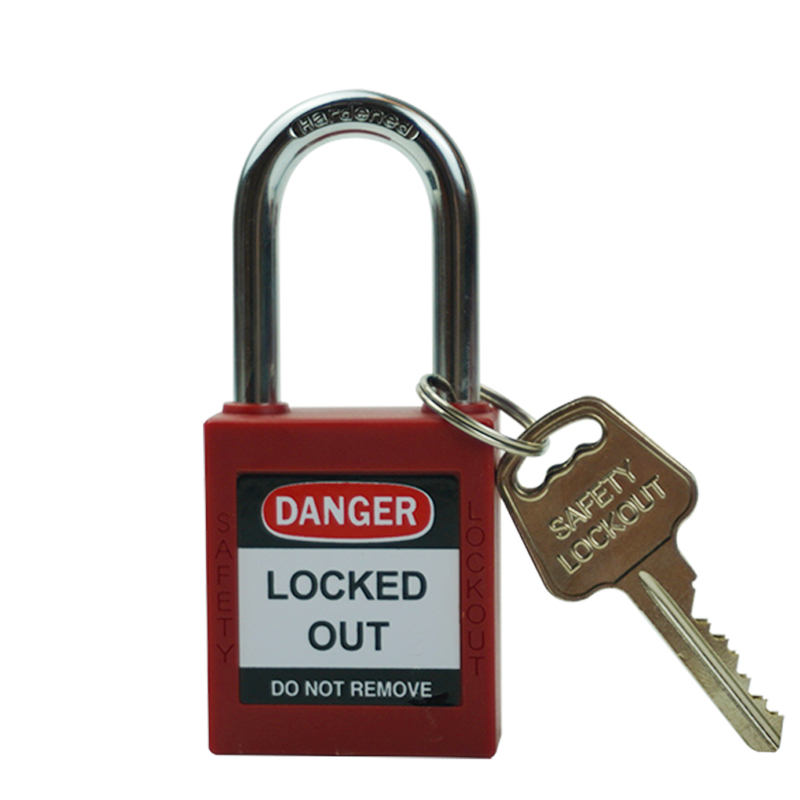Marine Oil
Marine Oil & Lockout/Tagout (LOTO) with Safety Padlocks
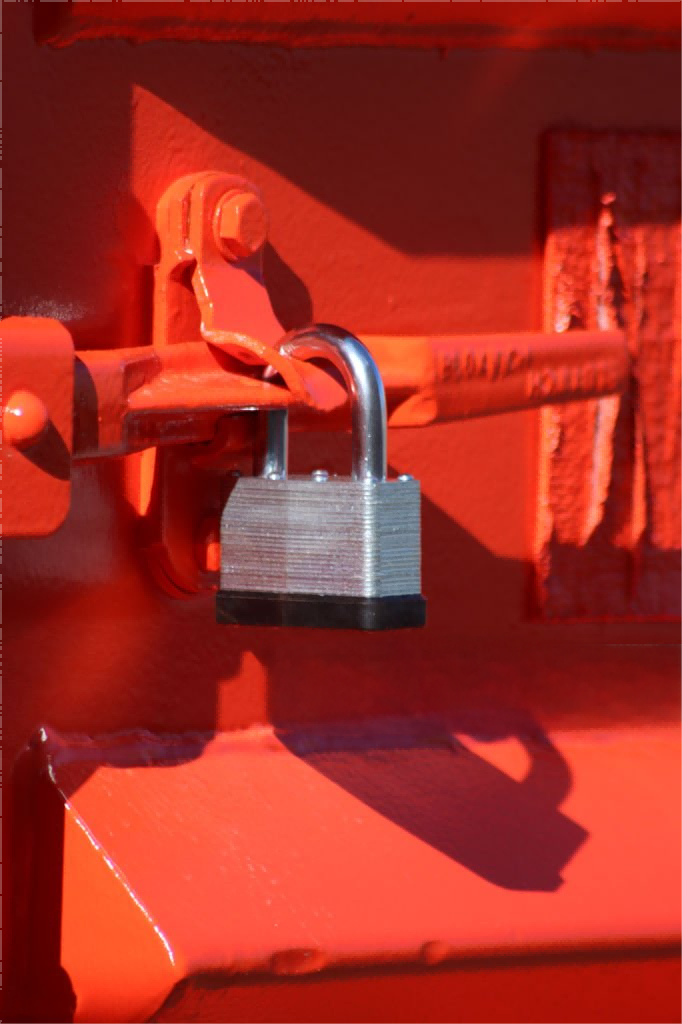
Core Elements of a Lockout Solution
-
Exploration & Production
>Padlocks
Offshore Structures: FPSOs, jackup rigs, subsea wells, and semi-submersibles for deepwater extraction.
Key Systems: Subsea production systems (Christmas trees, flowlines), riser systems, and mooring systems.
Environments: Shallow water (<300m>3,000m), with harsh conditions (saltwater, high pressure, extreme temperatures).Valve Lockouts
Circuit Breaker Lockouts
Circuit Breaker Lockouts
Plug and Electrical Lockouts
Pneumatic and Hydraulic Lockouts
Cable Lockouts
-
Safety Padlock in Marine Oil
>Padlocks
Marine-Grade Materials: 316 stainless steel (抗氯腐蚀), reinforced nylon PA (绝缘、耐冲击), or brass for non-sparking environments (ATEX compliance).
Environmental Ratings: IP67/IP68 (防尘防水), -40°C to +120°C temperature resistance, UV-stabilized coatings to prevent fading.
Physical Features: Anti-tamper shackles (硬化钢), long/short shackles for valve/flange sizes, and weatherproof seals.Valve Lockouts
Circuit Breaker Lockouts
Circuit Breaker Lockouts
Plug and Electrical Lockouts
Pneumatic and Hydraulic Lockouts
Cable Lockouts
-
Synergy & Value
>Padlocks
Risk Mitigation: Prevents accidental energization of offshore equipment, reducing injury/equipment damage risks by 50%+ (API, 2023).
Operational Efficiency: Standardized padlock use minimizes downtime from unauthorized access or miscommunication during lockout procedures.
Environmental Protection: Ensures safe isolation of hydrocarbon systems, supporting compliance with MARPOL and spill prevention protocols.Valve Lockouts
Circuit Breaker Lockouts
Circuit Breaker Lockouts
Plug and Electrical Lockouts
Pneumatic and Hydraulic Lockouts
Cable Lockouts
Steps for Implementing a Lockout Solution (LOTO Procedure)
-

Preparation
Identify all energy sources connected to the machinery or system that requires servicing.
-

Shutdown
Power down the equipment following the proper shutdown procedure for the specific machine or system.
-

Isolation
Physically isolate the machine or equipment from all its energy sources (electrical, mechanical, hydraulic, etc.) using the appropriate lockout devices (e.g., padlocks, valve lockouts).
-

Lockout
Apply lockout devices to all energy-isolating points. Each worker involved in the maintenance should apply their own lock, ensuring multiple levels of protection.
-

Tagout
Attach tags to all locked-out devices, providing clear information about who is responsible for the lockout and the purpose.
-

Release Stored Energy
Safely release any stored energy (e.g., hydraulic pressure, residual electrical energy) in the system to prevent accidental activation.
-

Verification
Verify that the lockout was successful by attempting to operate the machine’s controls to ensure it cannot be energized.
-

Maintenance/Servicing
Perform the required maintenance or servicing while ensuring the lockout remains in place.
-

Re-energizing the Equipment
After the work is completed, verify that all tools and workers are clear from the area. Remove locks in reverse order, with each worker removing their lock only when their part of the work is complete.
-

Restart
Restore energy to the equipment and test it to ensure proper functionality.
Related Products
CUSTOMER CASES
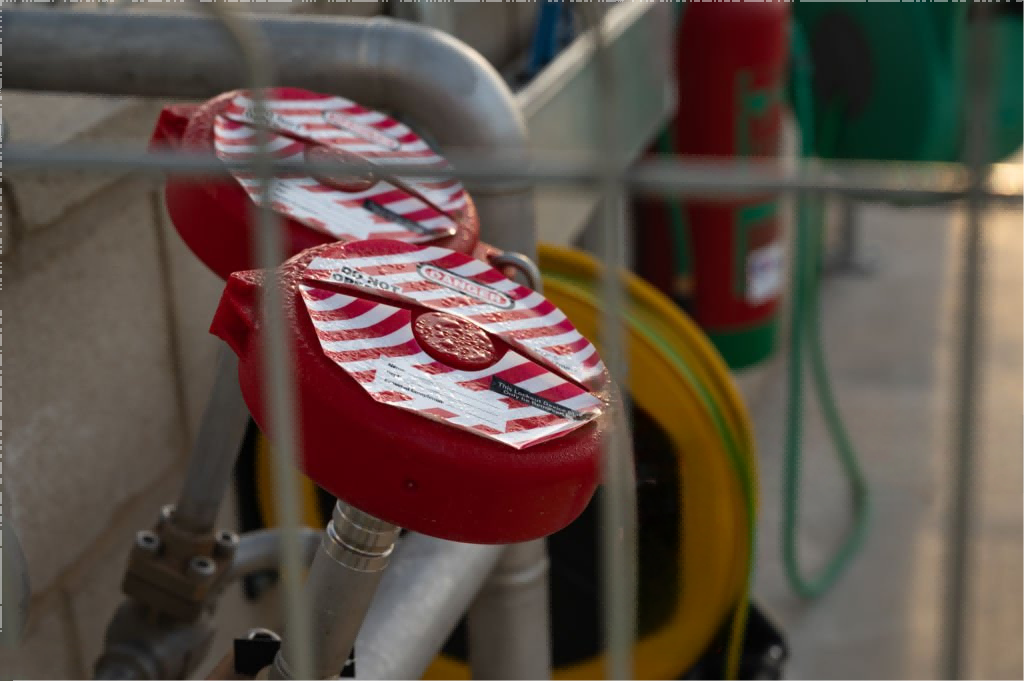
BP Clair Ridge FPSO (North Sea)
Safety Padlock: ABUS 83TI/50 (316 stainless steel, IP68-rated)
Scenario: During maintenance of subsea flowlines on BP’s Clair Ridge FPSO, ABUS padlocks secured isolation valves to prevent accidental energization. The padlocks’ corrosion-resistant design and long shackles accommodated large-diameter flanges in saltwater environments
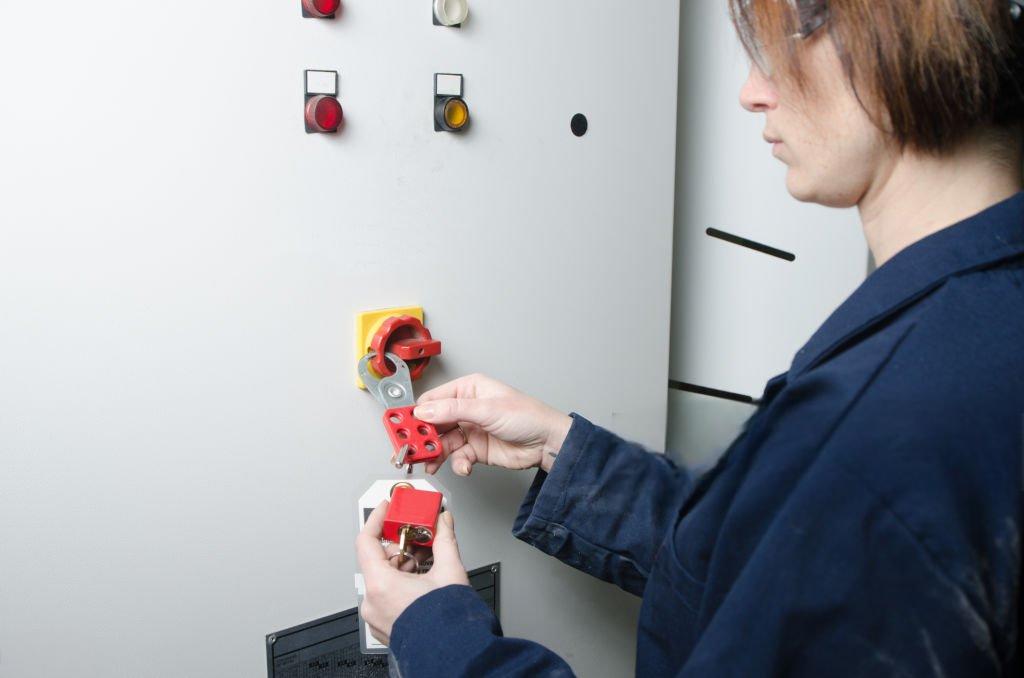
ExxonMobil Liza Field (Guyana)
Safety Padlock: MUL-T-LOCK MTL™300 (marine-grade brass, anti-tamper cylinder)
Scenario: During drilling rig upgrades at ExxonMobil’s Liza Field, MUL-T-LOCK’s MTL™300 padlocks secured hydraulic control panels and electrical switchgear. The modular design minimized downtime during retrofitting, aligning with OSHA LOTO standards .
CUSTOMER REVIEWS
What travelers community are saying.

A***e
⭐ ⭐ ⭐ ⭐ ⭐
I really enjoyed interacting with the supplier. Everything went smoothly and professionally. The products were dispatched and received on time and the quality is impeccable. I would recommend this supplier as they are truly professional and friendly. I didn't experience any problem and I appreciate this smooth transaction.

U***e
⭐ ⭐ ⭐ ⭐ ⭐
Good Quality products. I will order from them again. Good customer service.

J***o
⭐ ⭐ ⭐ ⭐ ⭐
The products they make are of great quality, the customer service is excellent, and everyone is very professional.

K***y
⭐ ⭐ ⭐ ⭐ ⭐
conforme à ma description. je suis très satisfait et recommande vos produits et services


Lockout Solution FAQ
-
What is the role of safety padlocks in marine oil operations?
-Safety padlocks enforce Lockout/Tagout (LOTO) to isolate hazardous energy sources (e.g., hydraulic, electrical) on offshore platforms, FPSOs, and subsea systems. They prevent accidental equipment startup during maintenance, aligning with IMO and OSHA standards to protect workers from pressure surges, electrical shocks, or hydrocarbon leaks.
-
What materials are best for marine-grade safety padlocks?
+316 Stainless Steel: Resists chloride corrosion in saltwater (e.g., ABUS 83TI/50).
Reinforced Nylon PA: Non-conductive for electrical lockout, impact-resistant (e.g., Brady 99552).
Marine-Grade Brass: Non-sparking for explosive environments (ATEX-compliant).
Avoid carbon steel, which rusts rapidly in offshore conditions. -
How to choose padlocks for subsea or harsh marine environments?
+Environmental Ratings: Select IP67/IP68 (dust/waterproof) and UV-stabilized coatings to withstand ocean spray and sunlight.
Shackle Design: Use long shackles for large-diameter valves; short shackles for compact switches (e.g., subsea control modules).
Load Capacity: Ensure compliance with API RP 5L1 (pipeline valves) or EN 12320 (security level E/F for high-risk isolation). -
What safety standards apply to marine lockout padlocks?
+OSHA 29 CFR 1910.147 (USA): Mandates individual padlocks per authorized worker, with clear "DANGER – LOCKED OUT" labels.
IMO MSC.1/Circ.1375 (International): Requires traceable LOTO procedures for marine engineering, including padlock audit trails.
EN 12320:2019 (Europe): Classifies padlocks into 6 security levels (e.g., Level F for subsea wellhead isolation). -
How to maintain safety padlocks in offshore environments?
+Monthly Inspections: Check for shackle wear, coating damage, or label legibility; document in IMO-compliant logs.
Lubrication: Use PTFE-based marine-grade lubricants (e.g., Houdini) every 3–6 months to prevent salt buildup and jamming.
Storage: Keep spares in sealed, moisture-proof containers; avoid prolonged exposure to H2S or acidic environments. -
What are common mistakes in marine lockout procedures?
+Neglecting Residual Energy: Failing to depressurize hydraulic systems or discharge capacitor storage before locking out.
One-Size-Fits-All Pads: Using non-marine-rated padlocks (e.g., standard steel rusting in saltwater).
Poor Key Management: Losing keys due to unlabeled locks or shared key rings; use keyed-different systems for accountability. -
How to manage keys for multi-worker lockout on FPSOs?
+Keyed-Different (KD): Each worker uses a unique-key padlock (e.g., Master Lock S311D) for individual control.
Group Lockout Boxes: Secure all keys in a central box, with each worker adding their padlock to the box’s hasp (prevents unauthorized access).
Emergency Master Keys: Store in GPS-tracked, tamper-proof cabinets; restrict access to senior safety officers. -
What if a padlock key is lost in a subsea operation?
+Spare Keys: Pre-store duplicates in a centralized, labeled safe (e.g., on the rig’s safety control room).
Non-Destructive Removal: Contact a certified marine locksmith for key extraction; avoid cutting shackles unless unavoidable (risks damaging equipment).
Preventive Measure: Use key-retaining padlocks that require the key to be inserted to remove the lock. -
Can safety padlocks be used for both electrical and mechanical lockout in marine settings?
+Yes, but material selection matters:
Electrical: Use non-conductive nylon padlocks (e.g., Brady 99552) to avoid arcing risks.
Mechanical (Hydraulic/Valves): Use stainless steel or brass for corrosion resistance and load-bearing strength.
Color Coding: Follow IMO standards (red for high-risk mechanical, blue for electrical) to enhance visibility. -
How to train marine crews on LOTO with safety padlocks?
+Curriculum: Include OSHA 3120 LOTO training modules, plus marine-specific scenarios (e.g., subsea valve isolation, FPSO ESD panel lockout).
Hands-On Drills: Simulate lockout procedures on mock rig components, practicing key management and tag placement.
Refresher Training: Conduct annually or after incidents, incorporating IMO guidelines and manufacturer best practices (e.g., ABUS marine padlock manuals).








